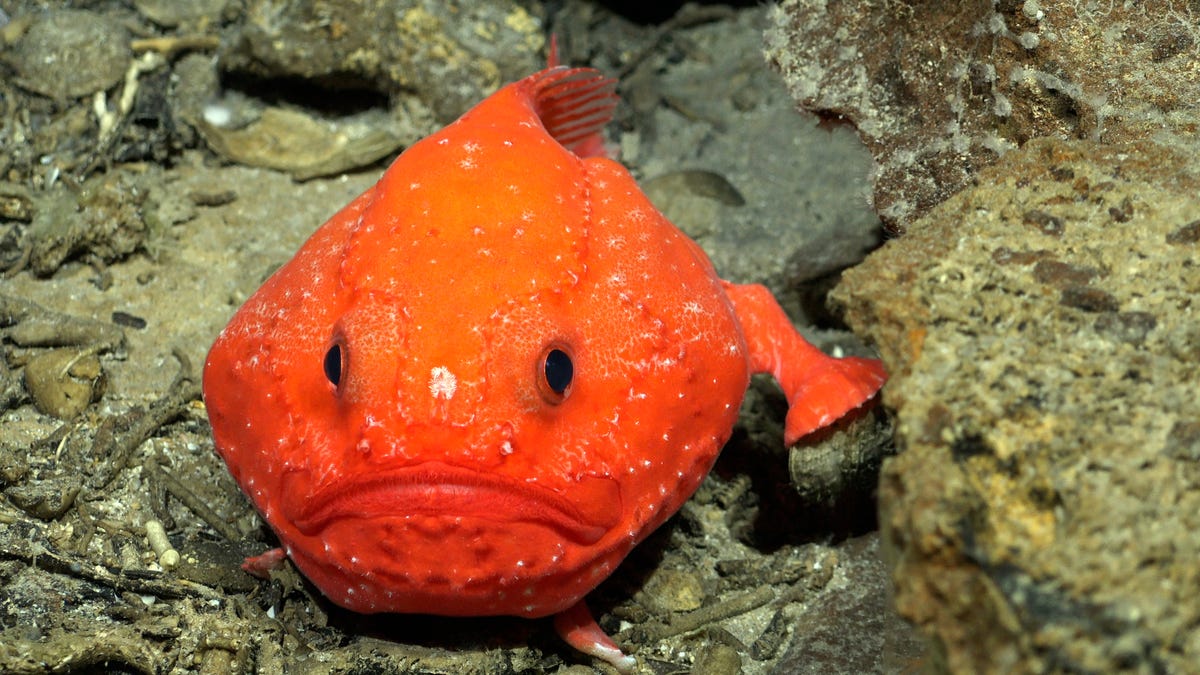EPA Takes First Step to Reduce Dangerous HFC Emissions


The Biden administration is clamping down on hydrofluorocarbons, an extremely powerful suite of greenhouse gases used in refrigerators, air conditioners, fire extinguishing systems, and building insulation.
On Monday, the Environmental Protection Agency proposed new rules to ramp down the use of these chemicals by 85% over the next 15 years. It’s the agency’s first rule change proposal under the Biden administration. It will soon be submitted for publication in the Federal Register.
The rule change makes good on a key pledge in the American Innovation and Manufacturing Act, which passed Congress with bipartisan approval in Congress last December.
“Put simply, this action is good for our planet and our economy,” EPA Administrator Michael Regan said in a statement.
From a climate perspective, HFCs are incredibly dangerous. Pound for pound, they heat the planet up to 11,700 times more than carbon dioxide. The EPA estimates that the new regulations will allow the U.S. to avoid “4.7 billion metric tons of carbon dioxide—nearly equal to three years of U.S. power sector emissions at 2019 levels.” In fact, it says in 2036 alone, which is the final year of the reduction plan, the rule will prevent emissions “equal to the annual greenhouse gas emissions from one out of every seven vehicles” in the country.
G/O Media may get a commission
“We expect a lot more from EPA [on HFCs] to come out in the future,” Kristen Taddonio, a senior climate and energy advisor the Institute for Governance and Sustainable Development, said. “This is really just the initial step.”
The use of hydrofluorocarbons, or HFCs, has been widespread since the 1980s when world leaders attempted to phase out another similarly useful class of coolants known as chlorofluorocarbons (CFCs) with the Montreal Protocol, an international treaty that’s widely considered one of the most successful environmental treaties ever ratified. That was good; CFCs were responsible for the massive hole in the ozone layer. The problem is, manufacturers started using CFCs’ close cousins, HFCs, to replace the ozone-depleting compounds.
In 2019, governments around the world ratified the Kigali Amendment to the Montreal Protocol in an attempt to address HFCs. Former President Donald Trump refused to sign onto it when it went into effect in 2019, but President Joe Biden plans to send it to the Senate for its approval and hopefully ratify it this year. The United Nations has found that if “fully supported,” the Kigali Amendment could avert 0.7 degrees Fahrenheit (0.4 degrees Celsius) of global warming by century’s end. Not too shabby.
Many attempts to crack down on greenhouse gas emissions, like proposals to wind down fossil fuel extraction and plastic production, are politically challenging divisive if very much in line with science. But taking on HFCs is a scarce piece of low-hanging fruit. Representatives from both parties are into it, as do refrigerant industry lobbying groups and even the Chamber of Commerce. Back in 2019, conservatives and business interests practically begged Trump to sign onto the Kigali Amendment because it would bring national manufacturing up to code with its many other signatories and boost opportunities for trade. In 2019, the refrigerant industry even published a white paper showing phasing out of HFCs could create 33,000 U.S. manufacturing jobs and $12.5 billion in additional economic output. The popularity of policies to regulate HFCs makes them a no-brainer for the Biden administration.
“Replacing HFCs is a critical and totally doable first step to head off the worst of the climate crisis, and we have safer alternatives ready to go that will save industry money in the bargain,” David Doniger, senior strategic director in the climate and clean energy program at Natural Resources Defense Council, said in a statement. “This is a critical first step toward meeting our ambitious climate goals.”
But the thing is, these regulations could have come a lot earlier. We have the technology to replace HFCs. Companies have already developed hydrofluoroolefin (HFOs) coolant compounds, which could damage the environment but are less warming than HFCs. Propane coolers have existed since the 1850s. Though they’re imperfect because they can be harmful to health when they leak, they’re a hell of a lot better for the climate than HFCs. There are tons of low-tech replacements for cooling technology, too, like well-placed ventilation systems and fans. But big chemical companies like DuPont had replacement HFCs ready and patented pushed to slow down the stoppage of HFC use, and it worked.
“There’s still a lot that EPA can do,” Taddonio said, noting the American Innovation and Manufacturing Act includes provisions allowing the government to strengthen the timeline to phase out HFCs.
Given how behind we are on our climate goals and how massive the U.S.’s climate responsibilities are as the largest historical polluter, could we not be more ambitious with our HFC phaseout? I’m not saying it could happen overnight, but 2035 is a long way away. Let’s hope meeting the necessary but insufficient promises made in December’s American Innovation and Manufacturing Act are just the beginning, and that the Biden administration will follow this up with stricter, faster policies soon.
Source link





